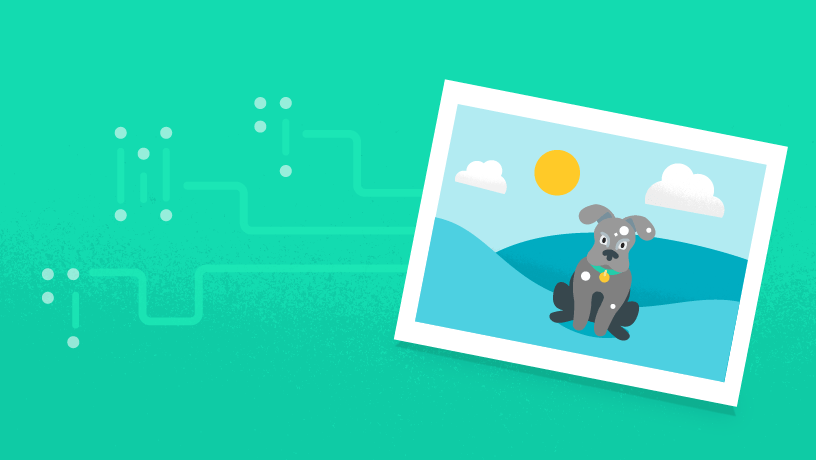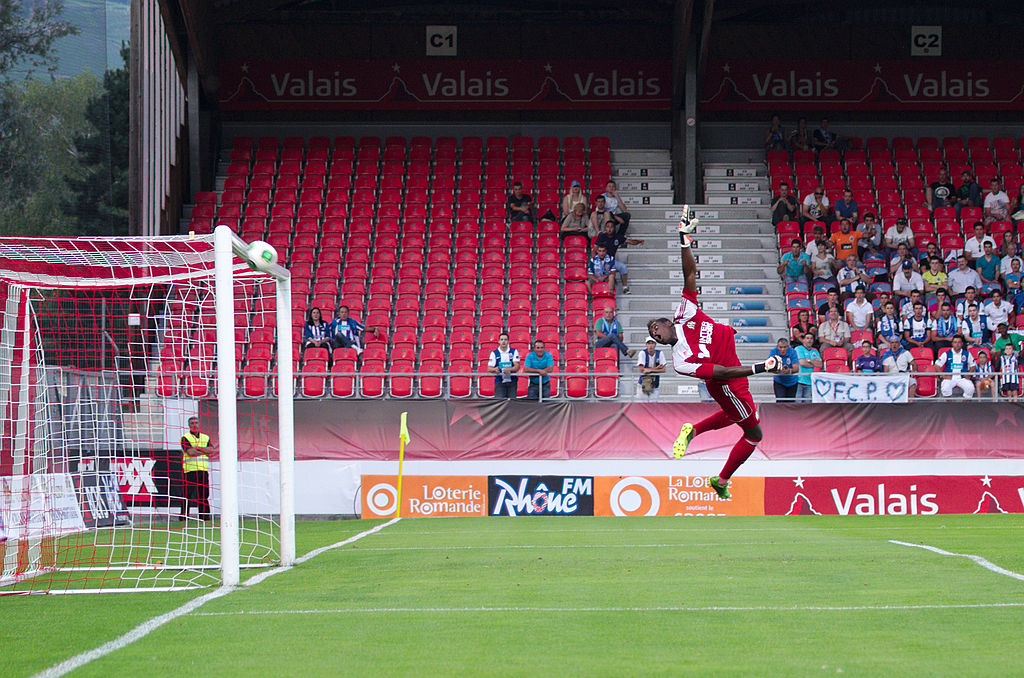
باستخدام واجهات برمجة التطبيقات الخاصة بتصنيف الصور في ML Kit، يمكنك رصد المعلومات واستخراجها في صورة معيّنة على مستوى مجموعة واسعة من الفئات. يمكن لنموذج تصنيف الصور التلقائي تحديد الكائنات والأماكن والأنشطة العامة والأنواع الحيوانية والمنتجات وغيرها.
يمكنك أيضًا استخدام نموذج تصنيف مخصّص للصور لتخصيص الرصد لحالة استخدام معيّنة. راجِع استخدام نموذج TensorFlow Lite المخصّص للحصول على مزيد من المعلومات.
الإمكانات الرئيسية
- مصنِّف أساسي فعال للأغراض العامة يتعرف على أكثر من 400 فئة تصف أكثر العناصر التي يتم العثور عليها في الصور.
- التخصيص حسب حالة الاستخدام باستخدام النماذج المخصّصة استخدام نماذج أخرى مدرّبة مسبقًا من TensorFlow Hub أو نموذجك المخصّص الذي تم تدريبه باستخدام TensorFlow أو AutoML Vision Edge أو TensorFlow Lite إذ تم تصميم النماذج فيه.
- واجهات برمجة تطبيقات عالية المستوى وسهلة الاستخدام لا حاجة إلى التعامل مع عمليات إدخال/إخراج النماذج منخفضة المستوى، أو عمليات ما قبل المعالجة وبعدها، أو إنشاء مسار معالجة. تستخرج أداة ML Kit التصنيفات من نموذج TensorFlow Lite وتقدّمها كوصف نصي.
يُرجى العلم أنّ واجهة برمجة التطبيقات هذه مخصّصة لنماذج تصنيف الصور التي تصف الصورة الكاملة. لتصنيف كائن واحد أو أكثر في صورة، مثل أحذية أو قطع أثاث، قد تكون واجهة برمجة التطبيقات اكتشاف الأشياء وتتبّعها مناسبة بشكل أفضل.
نماذج تصنيف الصور المتوافقة
تتوافق واجهات برمجة التطبيقات لتصنيف الصور مع نماذج مختلفة لتصنيف الصور:
| نماذج تصنيف الصور المتوافقة | |
|---|---|
| النموذج الأساسي | تستخدم واجهة برمجة التطبيقات تلقائيًا نموذجًا فعّالاً لتصنيف الصور للأغراض العامة يتعرّف على أكثر من 400 عنصر تغطي المفاهيم الأكثر شيوعًا في الصور. |
| طُرز TensorFlow Lite المخصّصة | لاستهداف المفاهيم الخاصة بالتطبيقات، تقبل واجهة برمجة التطبيقات نماذج تصنيف الصور المخصّصة من مجموعة كبيرة من المصادر. يمكن أن تكون هذه النماذج مدرَّبة مسبقًا وتم تنزيلها من TensorFlow Hub أو نماذجك الخاصة التي تم تدريبها باستخدام AutoML Vision Edge أو TensorFlow Lite Model Maker أو TensorFlow نفسه. يمكن تجميع النماذج مع تطبيقك أو استضافتها من خلال تقنية تعلُّم الآلة من Firebase وتنزيلها في وقت التشغيل. |
استخدام النموذج الأساسي
يعرض النموذج الأساسي في أدوات تعلّم الآلة قائمة بالكيانات التي تحدّد الأشخاص والأشياء والأماكن والأنشطة، وما إلى ذلك. يأتي كل كيان مع نتيجة تشير إلى الثقة التي يمتلكها نموذج تعلُّم الآلة في صلته بالموضوع. وباستخدام هذه المعلومات، يمكنك تنفيذ مهام مثل إنشاء البيانات الوصفية تلقائيًا والإشراف على المحتوى. يتعرّف النموذج التلقائي المقدَّم في حزمة تعلّم الآلة على أكثر من 400 كيان مختلف.
أمثلة على التصنيفات
يتيح النموذج الأساسي في واجهة برمجة التطبيقات لتصنيف الصور أكثر من 400 تصنيف، مثل الأمثلة التالية:
| الفئة | أمثلة على التصنيفات |
|---|---|
| الأشخاص | CrowdSelfieSmile |
| الأنشطة | DancingEatingSurfing |
| الأشياء | CarPianoReceipt |
| حيوانات | BirdCatDog |
| نباتات | FlowerFruitVegetable |
| الأماكن | BeachLakeMountain |
أمثلة النتائج
إليك مثال على الكيانات التي تم التعرّف عليها في الصورة المرفقة.

| التصنيف 0 | |
|---|---|
| Text | استاد |
| الثقة | 0.9205354 |
| التصنيف 1 | |
| Text | مراكز الرياضة |
| الثقة | 0.7531109 |
| التصنيف 2 | |
| Text | حدث |
| الثقة | 0.66905296 |
| التصنيف 3 | |
| Text | أنشطة ترفيهية |
| الثقة | 0.59904146 |
| التصنيف 4 | |
| Text | كرة القدم |
| الثقة | 0.56384534 |
| التصنيف 5 | |
| Text | الصافي |
| الثقة | 0.54679185 |
| التصنيف 6 | |
| Text | نبتة |
| الثقة | 0.524364 |
استخدام نموذج TensorFlow Lite المخصّص
تم تصميم نموذج تصنيف الصور الأساسي في أدوات تعلّم الآلة من أجل استخدام الأغراض العامة. تم تدريبها للتعرف على 400 فئة تصف أكثر الأشياء التي تم العثور عليها في الصور. قد يحتاج تطبيقك إلى نموذج متخصص لتصنيف الصور يتعرف على عدد أضيق من الفئات بمزيد من التفصيل، مثل نموذج يميز بين أنواع الزهور أو أنواع الطعام.
تتيح لك واجهة برمجة التطبيقات هذه إمكانية التخصيص وفق حالة استخدام معيّنة من خلال إتاحة نماذج تصنيف صور مخصّصة من مجموعة كبيرة من المصادر. يُرجى الرجوع إلى النماذج المخصّصة باستخدام حزمة تعلّم الآلة لمزيد من المعلومات. يمكن تجميع النماذج المخصّصة مع تطبيقك أو تنزيلها ديناميكيًا من السحابة الإلكترونية باستخدام خدمة نشر النماذج الخاصة بتعلُّم الآلة من Firebase.
المعالجة المسبقة للصور المدخلة
إذا لزم الأمر، تستخدم ميزة "تصنيف الصور" تحجيم الصور وتوسيعها بشكل ثنائي الخط لضبط حجم الصورة المدخلة ونسبة العرض إلى الارتفاع بحيث تتناسب مع متطلبات النموذج الأساسي.

